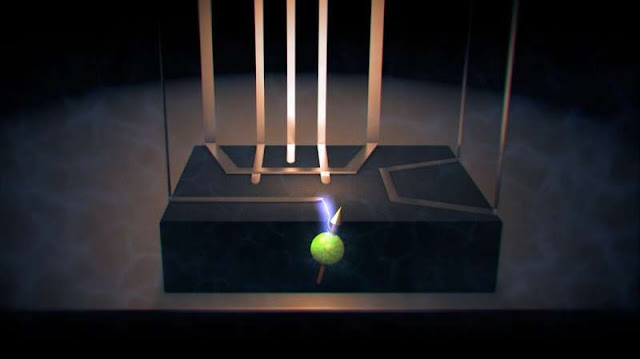Because of their quicker, more secure, and far more advanced capabilities, quantum computers are heralded as the computing technology of the future. Over the past ten years, the quantum market has grown rapidly.
Researchers from a group of IT businesses are now claiming to have accomplished the first successful long-distance quantum teleportation, which might open the door to the development of the quantum internet. PRX Quantum reported their findings.
Panagiotis Spentzouris, the leader of the Fermilab quantum research program and a co-author of the paper, expressed his excitement about the discovery in a statement.
“This is a significant milestone in the development of a technology that will revolutionize international communication.”
Well, before we can examine their space-age cousins, we must first comprehend how conventional computers operate. Bits are inputs that are either “on” or “off,” and they are assigned the digits “1” or “0.” This is how computers operate. A computer can quickly do a large number of computations using these inputs, and its processing capacity can be increased by cramming more switches—which can only be set to 1 or 0—into the chip.
Let’s now include quantum states in the equation. In contrast to the usual two states of existence, quantum particles are complex tiny particles that can exist in three states. These can be 1, 0 or both simultaneously in a computer (a process known as superposition). These form the basis of quantum computing and represent a distinct kind of input known as qubits.
These qubits must be moved across great distances between devices to realize a complete quantum internet, much like how a “normal” internet operates. As with all things quantum, however, data transport involves far more than just sending it through an Ethernet wire.
The goal of the project was to accomplish quantum teleportation, a process that uses entanglement to transport qubits across cutting-edge fiber networks. Strange connections between quantum particles allow them to become “entangled” with one another. In theory, information can be transmitted over a great distance between two sites if the entangled pair of particles is shared between them. But a variety of problems have kept quantum teleportation from happening. For instance, the no-cloning theorem asserts that quantum information cannot be precisely duplicated, suggesting that transmission across long distances may not be dependable.
The researchers were eventually able to accomplish long-distance quantum teleportation by utilizing commercially available technologies. They accomplished a feat that no other business has been able to: they successfully communicated qubits over a distance of 44 kilometers (27.3 miles) with a fidelity (or how “exact” the information is) of 90%. According to the experts, this is a significant advancement for communication and computing in the future.
The current state of technology would be completely upended by a quantum internet, which would allow data to move more quickly, securely, and perhaps even impossible to steal. Many academics hope to see the transition from conventional to quantum computers, and the likelihood that this will happen is growing.
Before a quantum internet becomes a practical reality, there is additional work to be done. Reliable data transmission requires not only greater fidelity but also continued difficulty in studying and measuring quantum particles. Furthermore, we can just dream because most likely shortly, most networks won’t be able to afford such a network due to its high cost. Despite this, the achievement of quantum teleportation is a very encouraging development.
Maria Spiropulu, the director of the IN-Q-NET research program and a Shang-Yi Ch’en professor of physics at Caltech, stated in a statement, “We are very proud to have achieved this milestone on sustainable, high-performing, and scalable quantum teleportation systems.”



